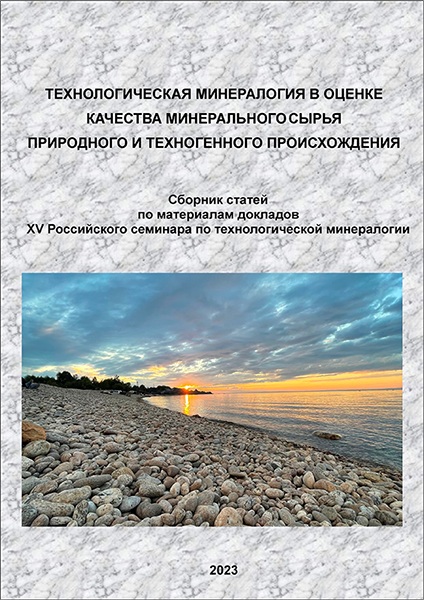Ecological consequences of the quarrying of an alluvial monazite placer deposit, eastern Trans-Baikal region
Abstract
Monazite is phosphate containing rare-earth elements and thorium (up to 10 %). A secret monazite placer mining company was operating in Novotroitsk, Baleya, Trans-Baikal Region, under the USSR Atomic Project from 1949 to 1964. Monazite sand was used as building material. After the shutdown of the company, many industrial and apartment buildings were found to be highly radioactive. By now, most environmentally hazardous structures have been destroyed. However, radiation danger for the population persists. The results of element analysis of soil samples taken from the central zone of Novotroitsk are reported. The data obtained show high concentrations of some elements, which exceed maximum allowable concentrations. The total soil pollution index (pollution index), calculated for five chemical elements (Pb, As, Sb, Ag and Th), indicates an environmental situation moderately hazardous, hazardous and extremely hazardous for human health and the need to conduct detailed geochemical soil monitoring.

